If you want to raise efficiency and cut delivery costs, route optimization is an absolute must.
In fact, according to a recent case study, 56.3% of online sales originates from optimization.
(Compared to 7.2% from extending delivery range and 6.8% from expanding delivery fleets)
Which means that route optimization is far from dead. In fact, it’s more important than ever.
In this section you’ll learn the basics of route optimization, like how optimized route planning works, key plan and optimization routing factors, creating an optimized route, and more.
This article is a resource that can help you to learn the fundamentals of route optimization.
What Is Route Optimization?
Route optimization is the practice of finding the most cost-efficient route between two or more stops on the map. Common tasks associated with route optimization include planning routes between multiple addresses, optimizing routes for distance, time, and cost, and executing routes in real-time.
In other words:
Route optimization is all about improving a driver’s ability to reach a destination in the most efficient way.
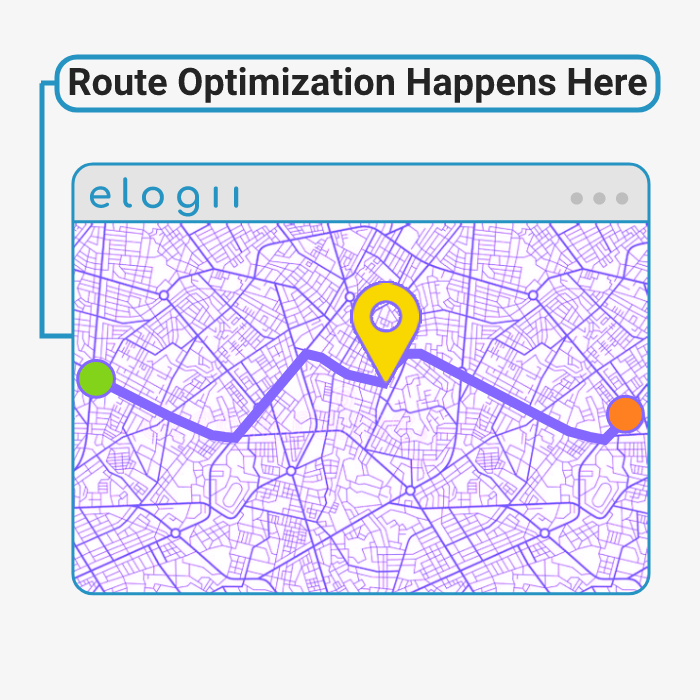
So…
The main benefit of optimizing routes is that you save time and money, month after month.

Here are the topics that we’ll cover in this guide to route optimization:
- How Route Optimization Works
- Planning vs. Optimization
- Why Is Route Optimization Important
- Optimization and Costs
How Route Optimization Works
Route optimization works by optimizing stop sequences and paths to destinations that you want to reach, whether it’s in terms of time, cost, or distance.
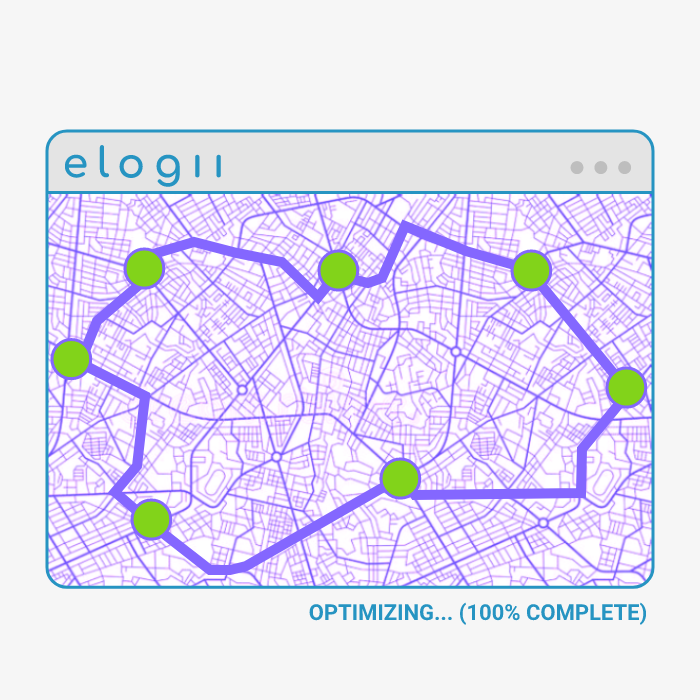
Specifically, your job is to make sure that a driver takes the best overall route when he’s on the road.
How you determine the best route is based on efficiency that takes into account mileage, travel time to reach each stop, fuel consumption, and more.
(For example, there are 7 KPIs in logistics that determine basic delivery efficiency.)
In most cases, when people think “route optimization”, they think “delivery route optimization”.
(Or some other kind of commercial transportation of people or goods, such as distribution, order fulfillment, field services, supply chain logistics, and more.)
Which is why we’re going to focus on optimizing your routes for delivery in this guide.
Route Planning vs. Route Optimization: What's the Difference?
Route optimization is separated into two distinct activities: planning and optimization.
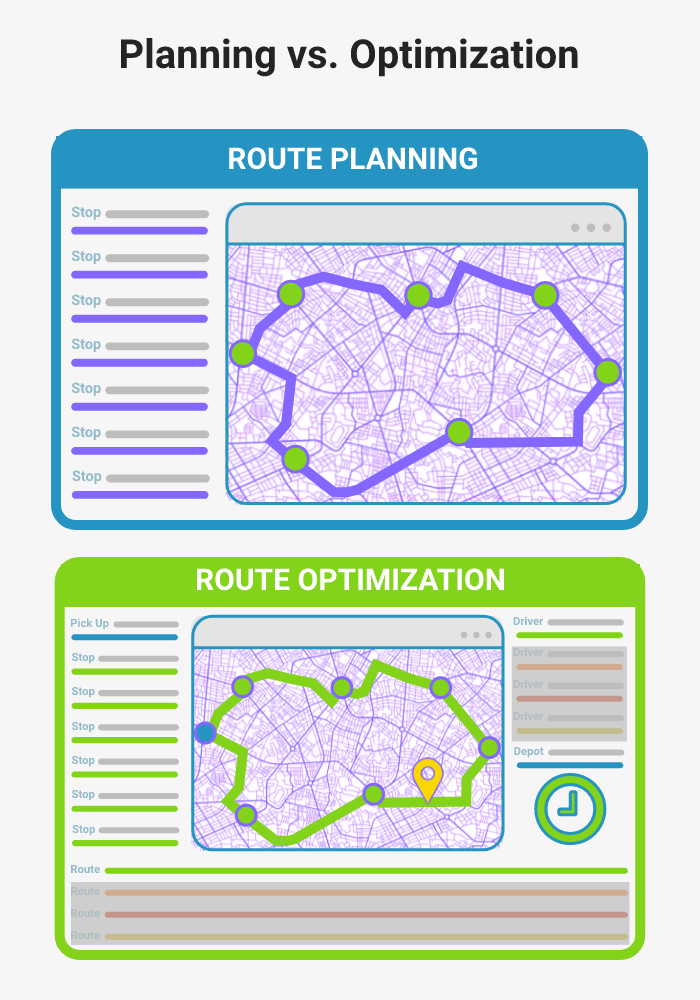
Route Planning
Route planning (sometimes referred to as “routing”) is the process of mapping out paths between multiple locations based 100% on time and distance.
In other words, you have to find the shortest paths between point A and point B (and point C…) that take the shortest amount of time to travel.
Delivery managers use dozens of other different factors to plan routes for drivers. For example, delivery windows (deliver by time) to sequence the various stops in a logical order. Or service time to determine the number of stops per route.
But in general, route planning is deemed to be the first step when creating the most optimal route for a driver.
We have more details on how route planning works later on. But for now, the important thing to keep in mind is:
When we talk about “route planning”, we’re talking about finding routes based on time and distance.
Route Optimization
Route optimization is the process of optimizing routes for maximum efficiency, performance, and cost-effectiveness.
Route optimization is an integral part of route planning for delivery. Planners use a variety of data to anticipate every single factor that may affect efficiency of a route before and during a driver’s trip (known as “Dynamic Route Optimization”).
Why Is Route Optimization Important?
In short: route optimization is a BIG source of efficiency.
In fact, here’s a breakdown of where efficiency occurs:

As you can see, route optimization improves planning by just 8.5%.
While the remaining 91.5% is the result of optimizing operational efficiency.
Let’s illustrate the importance of route optimization with an example…
Let’s say that you operate an ecommerce delivery in the UK. According to delivery statistics, the average time per delivery is 12 minutes.
Considering that the maximum work hours for drivers is 7 hours and 45 minutes, that’s around 38 deliveries one of your drivers can complete in a single workday.
Using route optimization to reduce the time per delivery by just one minute to 11 minutes allows the driver to fulfill 4 extra orders.
But let’s quantify that - how much are those four orders worth?
If we take the ecommerce average order value in the UK, you earn £425 on those four extra orders. Which means route optimization additionally brings in £8,500 per month.
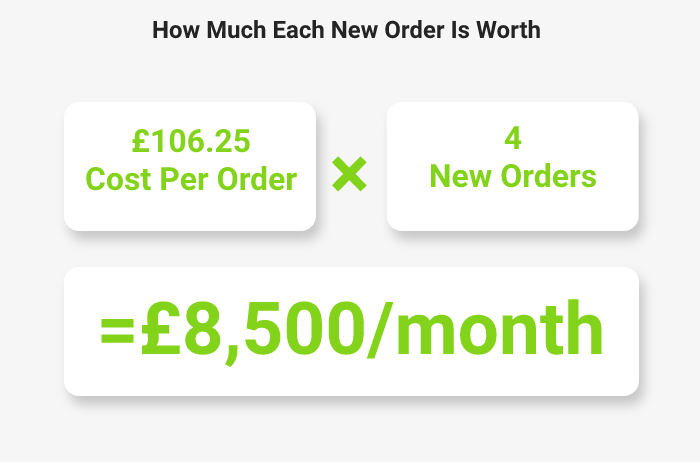
And that’s just for optimizing routes for one driver. If you have a large delivery fleet, then you can handle hundreds (and sometimes thousands) more orders.
In other industries, like construction materials delivery, the average order value is significantly higher. But service time is high, as well.
Still, adding just one extra delivery to a route can generate you the same amount of revenue (or even more) than in other industries.
And all of this doesn’t account for cost saving opportunities.
#1 Optimization and Costs
Before you start to dive into the nitty gritty of what to optimize, it’s important not to skip an important step:
Route optimization and operational costs.
Here’s where you figure out what routing optimizes… and the exact cost saving opportunities they achieve. That way, you can optimize operations that actually raise efficiency and cut costs.
Sounds good? Here’s exactly how optimization cuts costs.
#2 Fuel Efficiency
If you already plan routes for a delivery fleet you probably have a good idea that it saves you money on fuel expenses.
(Also known as “Fuel Consumption”)
Here’s an example:
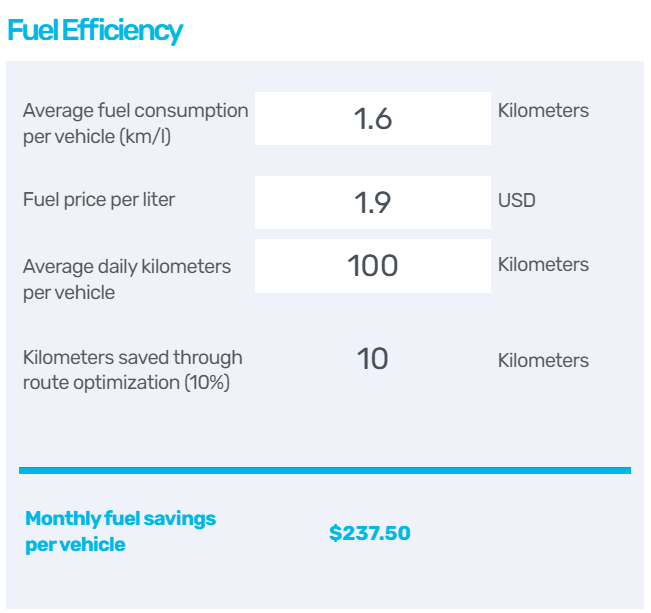
Context: We used the fuel consumption per liter for a Ford Transit (second most popular van in the UK).
This type of fuel economy isn’t anything new for delivery operators.
In fact, Google Maps had introduced fuel-efficient routing as part of their eco-friendly navigation.
So it’s a super important part of route planning.
But route optimization takes it a step further…
Let us explain.
To optimize routes, you need to take into account various other factors that affect the fuel consumption besides distance.
These factors may include:
- Types of roads (city vs. countryside / no. of lanes)
- Traffic patterns (traffic congestions at a specific times of day)
- Stop-slow traffic (turns, intersections, traffic lights, roundabouts)
- Crossing the line of traffic (left-hand turns (US) / right-hand turns (UK))
- Access points to pick-up and drop-off locations
- Pick-up schedules (avoiding bottlenecks at depots)
- Time at pick-up locations (+ cargo loading time)
- Driver/vehicle selection (choosing best/closest to route)
- Driver schedules (breaks and working hours)
- Vehicle types (speed, capacity, maintenance)
- Delivery time windows (deliver-by time/date)
- Delivery priority (urgent/express deliveries)
-
Unless you know these factors for each route, it’s almost impossible to cut down on fuel use.
And as you saw, you can save as much as 10% kilometers traveled with route optimization.
(Or 10 kilometers per day.)
That’s almost 300 km less per month - and half a tank you’ll have to pay less.
Nice!
#3 Driver Efficiency
Now that you’ve conserved all of that fuel (and kilometers), it’s time for the next step: driver efficiency.
Here’s where you reinvest those resources into optimizing driver performance.
In general, that translates to two main costs: drivers’ hourly rate and no. of orders per day.
How about an example?
Let’s take the average delivery driver rate per hour in the United Kingdom.
Thanks to the optimized route, a driver will spend 12-15 minutes less driving each day.
With real-time updates to his route, he can slice off another 12-15 minutes.
This is what that looks like in terms of your monthly costs:

Importantly, that’s an extra half hour each driver will have in a workday. Or 11 hours per month.
That’s more than an extra workday you get per driver for the same payroll.
And on average, 62 orders per driver that they can handle.
Route Optimization Tips
Here are a few tips to get an even better bang for buck via optimization.
First, use route optimization software.
You’ve probably noticed that it would be impossible to optimize routes in such detail manually.
(Or it would take a long, long, long time to accomplish.)
But with automation you can do this in minutes.
And in fact, you can save $125 in hourly rates from route planners’ and delivery managers’ paychecks each month:
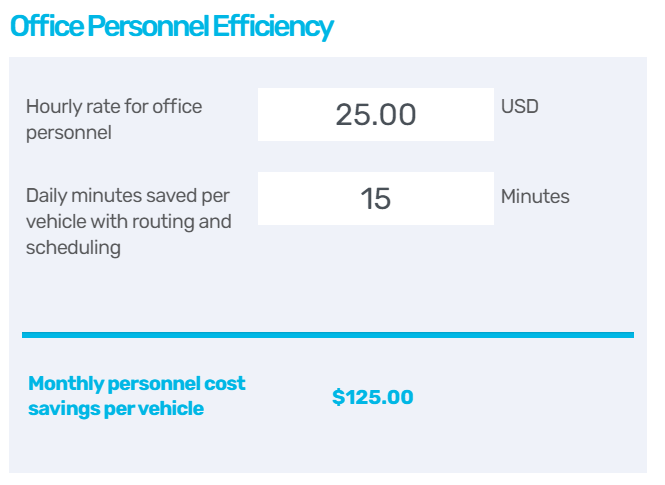
Second, let customers self-schedule deliveries.
Route optimization software allows you to do this.
Customers can use time slots at checkout to book a delivery at checkout.
Then, all you have to do is upload a .CSV file to schedule them:
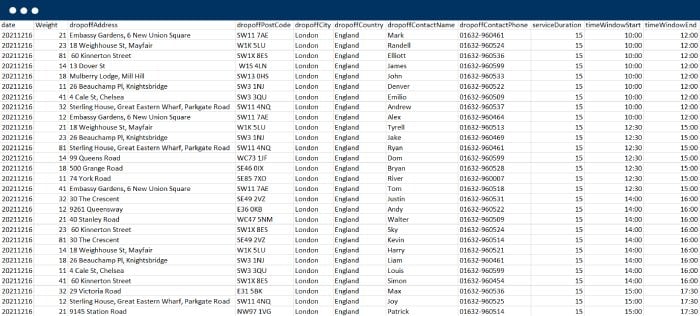
Or use routing API integration with your order management system:
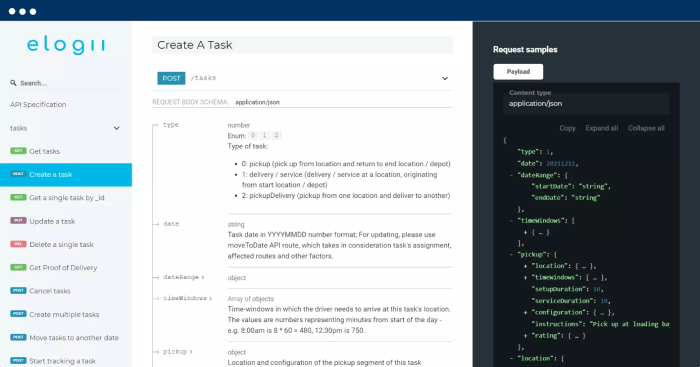
And the software will automatically upload delivery bookings.
Finally, cut down on customer communication.
With routing software, you also automate how you inform customers about their orders.
Specifically, you can send automated notifications:
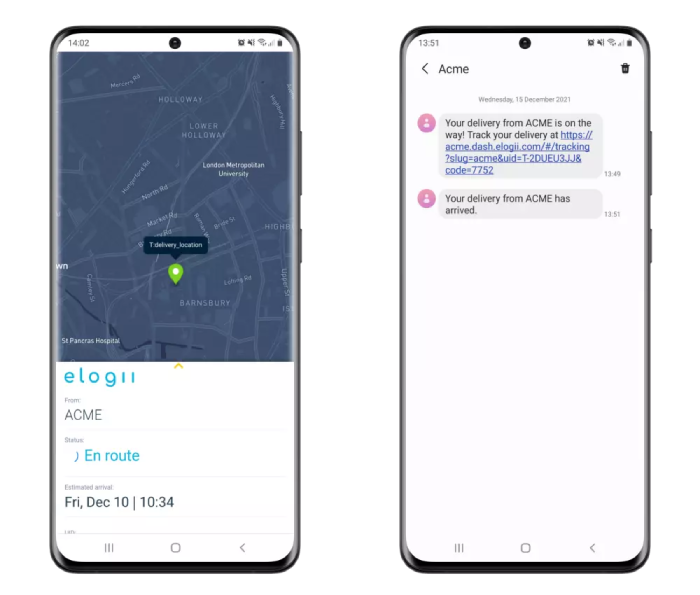
And since you can attach tracking links, customers can track orders on their own.
So the last two tips save your dispatchers a combined 70 minutes each day.
And here’s how much money that saves you:
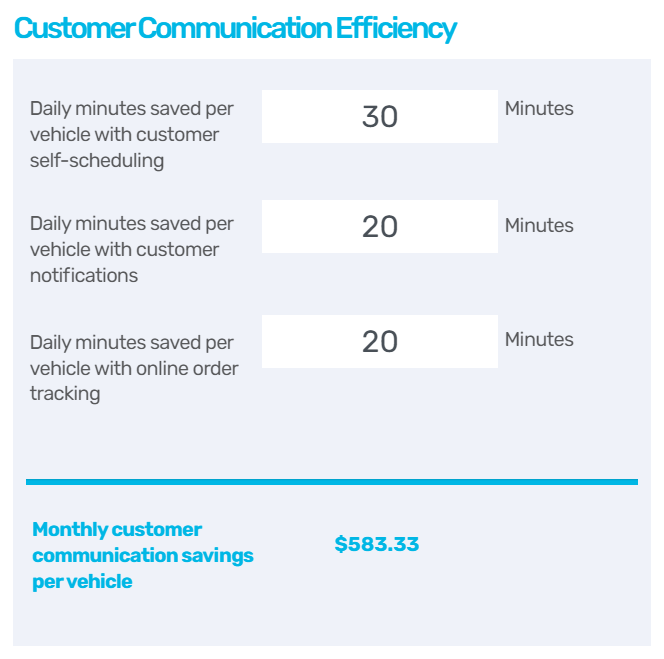
You Now Know What Is Route Optimization Software...
We hope you enjoyed this little introduction to route optimization. In this guide, we wanted to go beyond a simple definition of route optimization. And actually give you a more in-depth overview of how optimized routing can help you.
As you can see, there’s a lot to learn about.. But considering how much efficiency and cost-savings it can bring, it can be totally worth the time and effort.
So we recommend getting started right away…